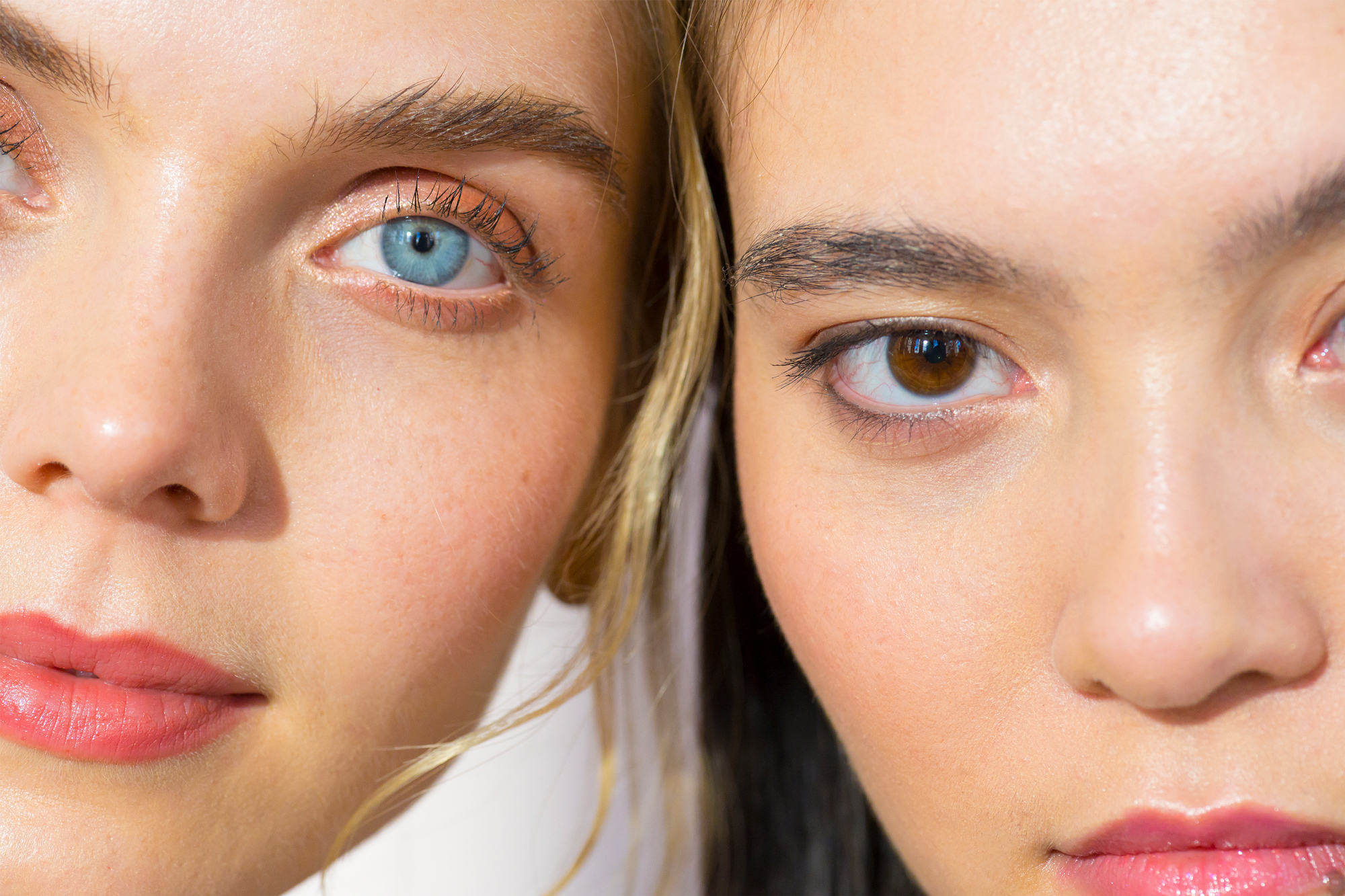
February 20, 2020 at 03:00PM by CWC
It likely started with moisturizer. It’s the first product most of us buy when someone suggests it’s time to get serious about skin care. Then, you add a step here or there over the years, like serum or SPF. And then maybe you start using eye cream after reading glowing product reviews, or incorporate a toner after an influencer beams on Instagram that it changed her skin. Later on, when your best friend won’t stop singing the praises of a new retinol at brunch, you throw that into the mix, too. “Why not?” you think. And boy are you glad you did because later on, nine people ask you whether or not you’re using “a vitamin A derivative”. Slowly—yet somehow, very suddenly—your skin-care routine goes from being two steps to twelve. Welcome to the golden age of skin-care peer pressure. It’s nice to see you, friend.
The same FOMO force field that pulled your middle-school self to sneak off to the mall without your mom’s permission is now at work on your bathroom shelf. As skin care has grown to be the self-care instrument du jour, slathering creams, oils, and serums onto skin has become cultural currency. If “it bags” and “it leggings” were must-buys of the past, consider the rise and reign of Augustinus Bader or the candy-capped empire that Tiffany Masterson created when she launched Drunk Elephant as today’s proof that you’re clued in. “We’re barraged all day long on our phones by influencers and friends about the latest-and-greatest products,” says Amy Wechsler, MD, a board-certified dermatologist and psychiatrist. If you aren’t on the bandwagon, too, “there’s a fear of missing out,” she says.
ADVERTISEMENT
ADVERTISEMENTKate Spade Autumn/Winter Sale |
Quieting that fear often means purchasing the new $300 product system or slathering on the seven “essential” products an influencer swears her skin would be lost without. “I would walk into Sephora to buy moisturizer and leave with cleanser, toner, eye cream, and a mask, too, just because that’s what everyone else was using,” says New York City beauty entrepreneur Benedicte Bakar. Today, Bakar’s routine has swung the other way—she’s starting a skin-care line, Izé, aimed at streamlining the miles-long beauty routine into a few vital steps, and she’s aware it’ll be an adjustment for the Instagram crowd. “YouTube tutorials would be so boring if every vlogger said, ‘I just wash my face and moisturize.’ But really, that’s what works for me.”
In part, the luster of buying up skin care hinges on the idea that the next serum will be the one that changes your skin forever. Because, if you think your skin is good today, wait until tomorrow when you try what’s new and what’s next. “Good enough” and “works fine” have no business in skin care, which is why the skin care industry has climbed to numbers not seen in history, and why it will continue to soar to become worth a whopping $180 billion in five years’ time.
ADVERTISEMENT
ADVERTISEMENTSports Direct Free Delivery on All Orders! |
To be honest, entire Internet communities wouldn’t exist if we all just cleansed and moisturized. While resources like Reddit’s r/SkincareAddiction and Facebook groups like Beauty Geek (Well+Good’s FaceBook group) can be amazing educational resources—though a board-certified dermatologist always knows best—the environment is ripe for peer pressure. “Most [group] members either already have multi-step routines or are curious about expanding theirs,” says Gloria, 34, from Los Angeles, CA, a woman I interviewed who is a member of not one, not two, but five beauty communities on Facebook.
While multi-step routines may make for Facebook fodder, when it comes to your complexion, it’s really a numbers game. You have one face, and while 96 serums might make for good #content, they’re not totally necessary for happy skin. Dermatologist Joshua Zeichner, MD says that unless you’re treating a specific skin issue, a three-step morning routine (cleanse, protect with an antioxidant, and finish off with a sunscreen) and two-step evening routine (cleanse, then repair using a treatment with actives like retinol or growth factors) should do the trick.
ADVERTISEMENT |
It’s something of a relief to think about taking a step back from the overloaded shelf and really taking a look at what your skin really needs and what will continue to make a difference. And while it’s nice to have options, most pros suggest tuning out of the noise on Instagram and elsewhere online, unless you’re really in the market (and actively researching) what product your routine might be missing.
So next time you’re tempted to try a miracle brightening serum from an Instagram ad—even though your complexion is spotless—or add three more steps to your routine after a particularly convincing “Get Ready With Me” video, take a step back—because more isn’t always more.
Part of the reason you’re seeing so much more skin care is because sixty (we repeat: sixty!) percent of all growth within the beauty industry is being fueled by skin care. On top of that, many brands are plucking ingredients from the most lush, beautiful parts of the planet, like these Italian beauty lines.
Author Dianna Mazzone | Well and Good
Selected by CWC

ADVERTISEMENT
ADVERTISEMENTUp to 30% off Gift Sets |








